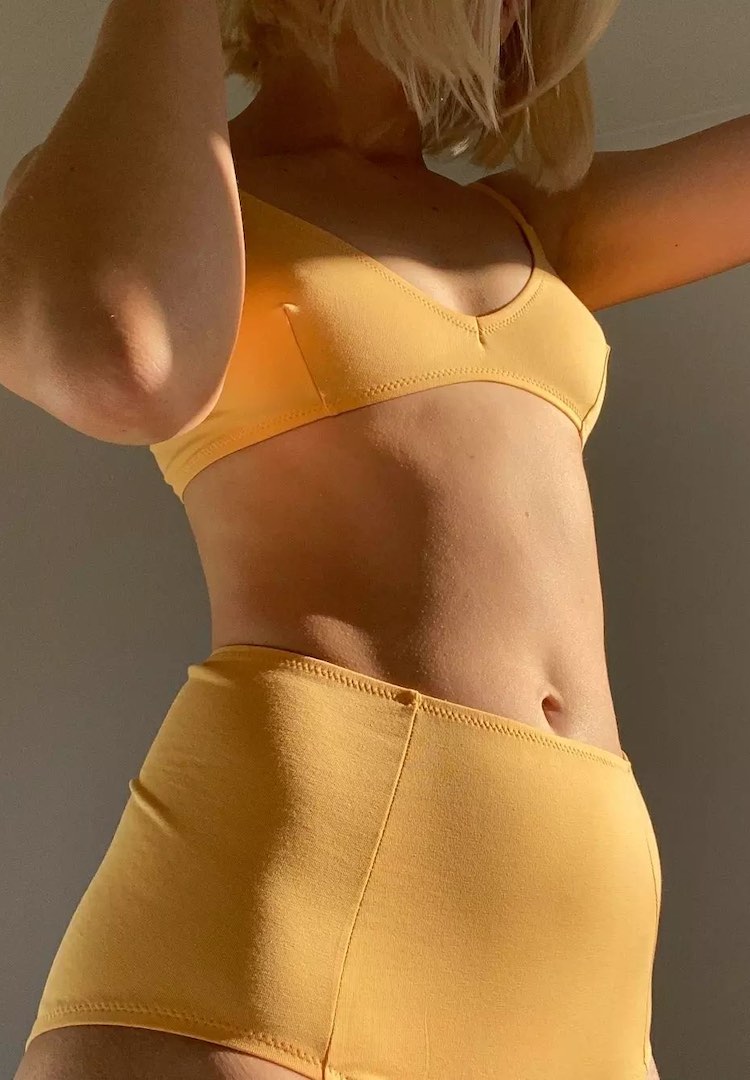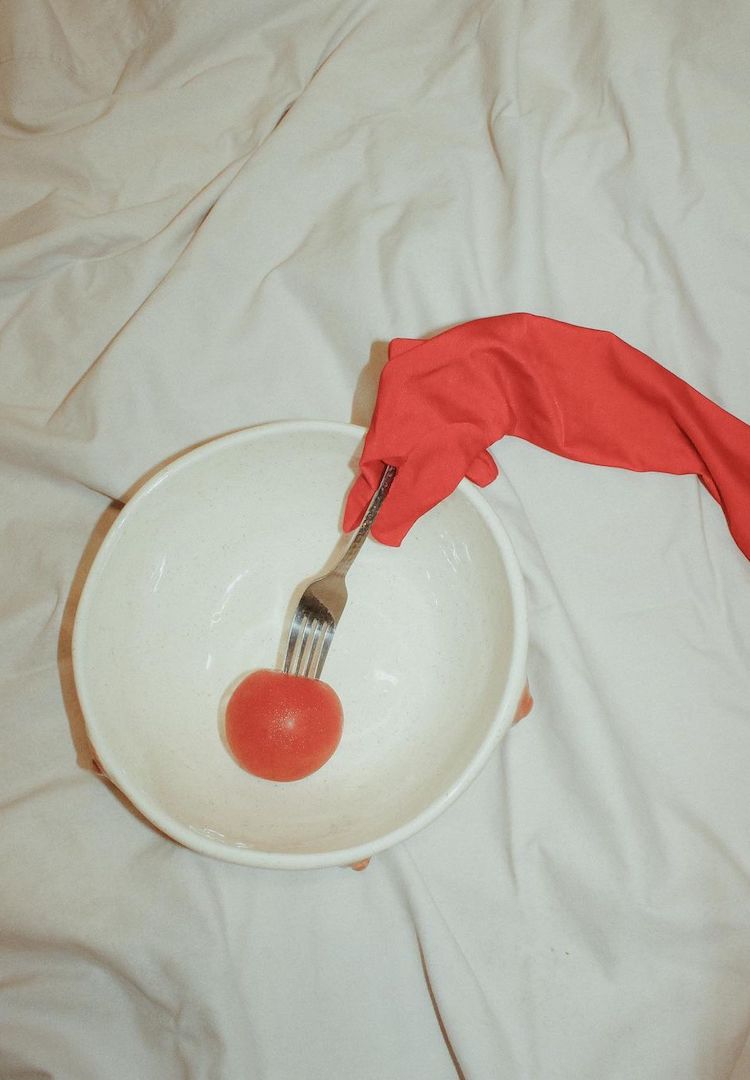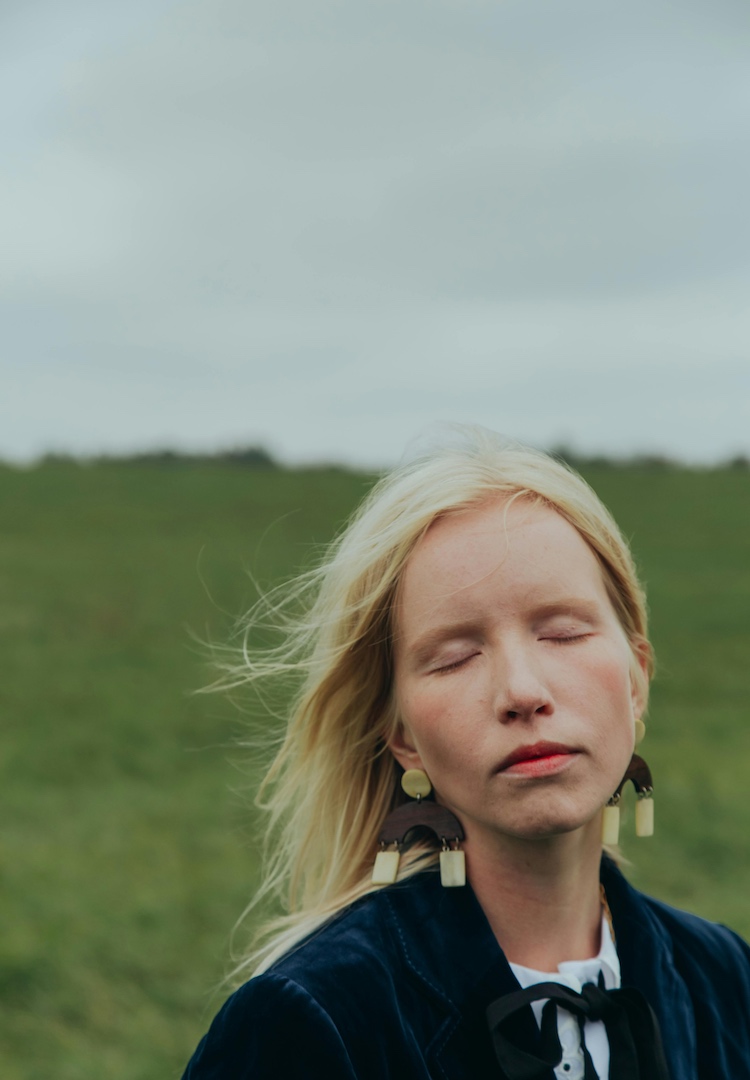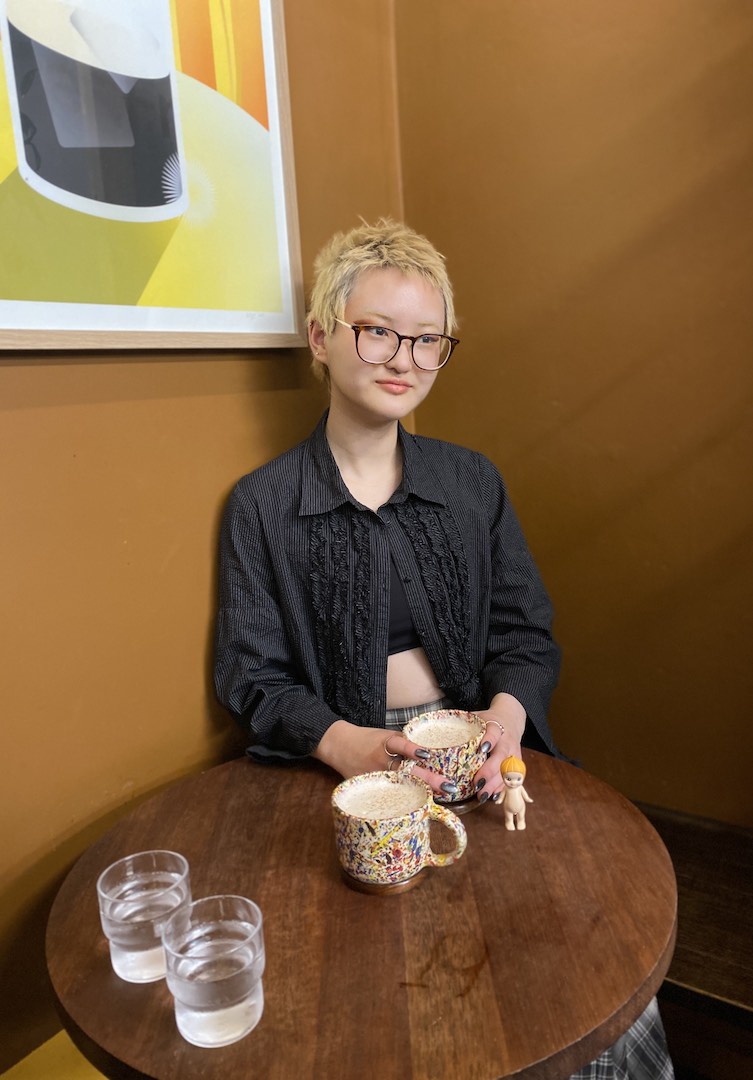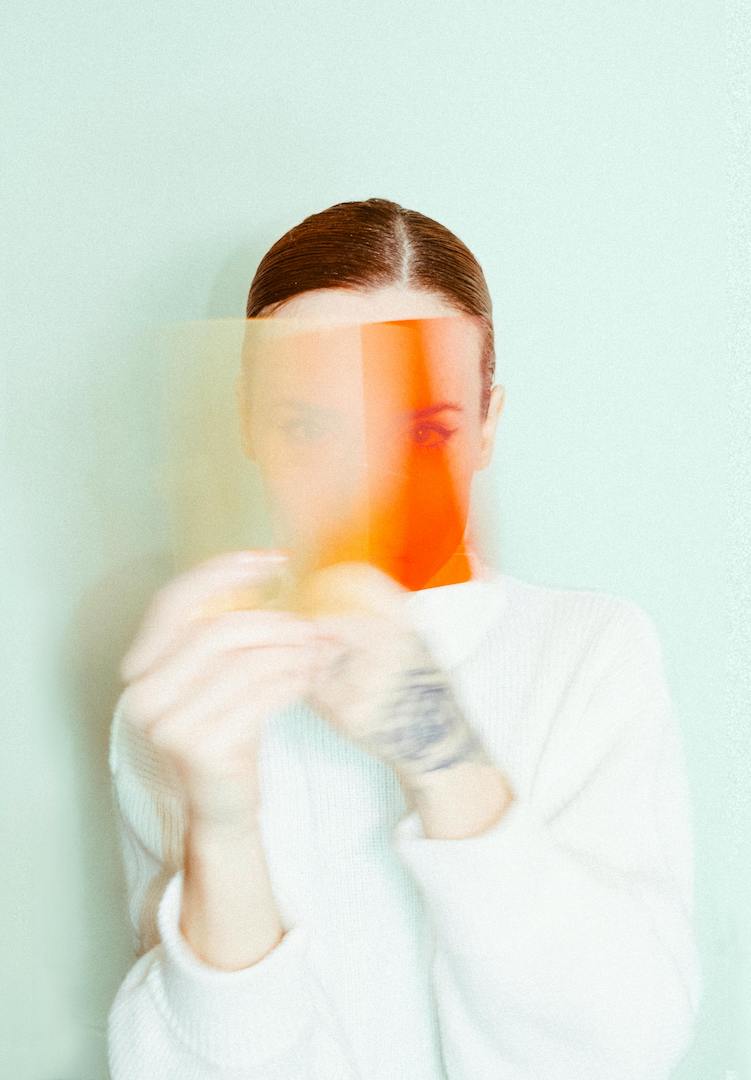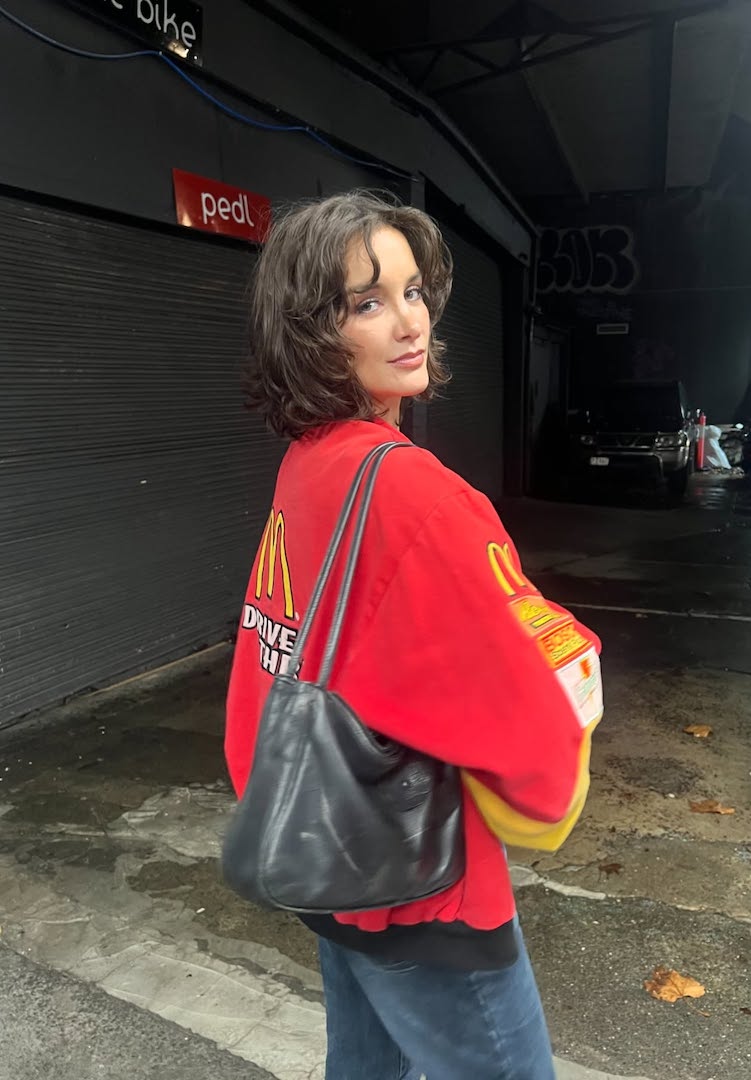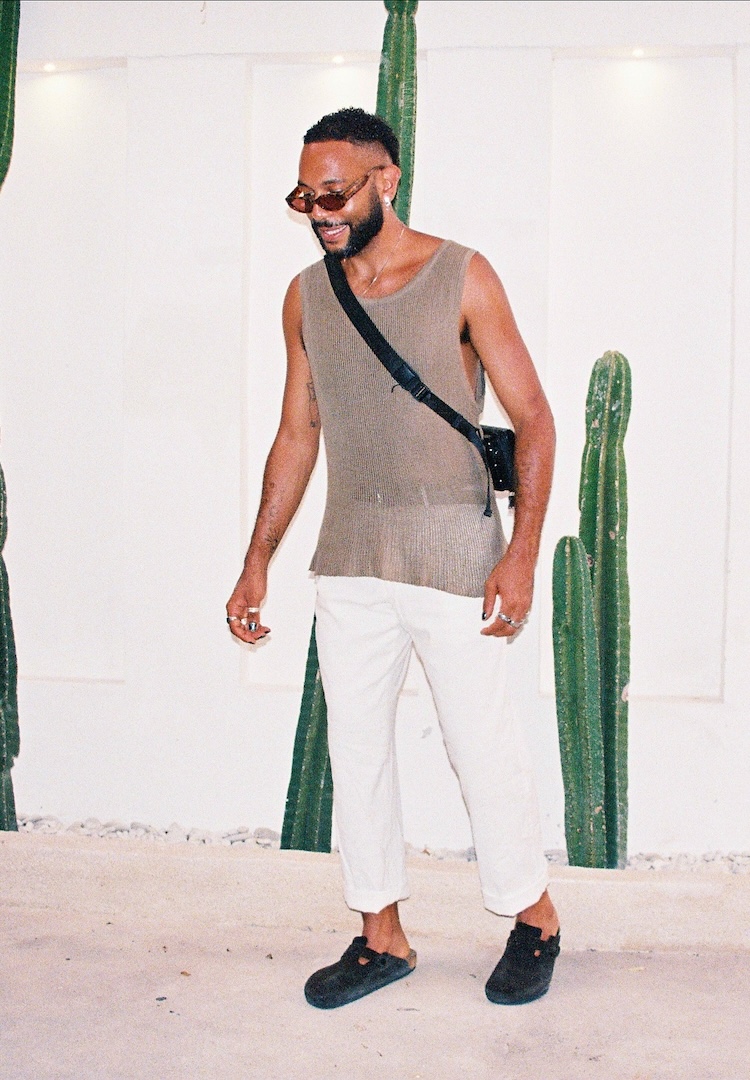“By confronting it, the fear will start to shrink”: How body exposure gave me a new lease on life
IMAGE VIA @CATFORSYTHH/INSTAGRAM
WORDS BY CAT FORSYTH
“When I knew that the worst of the panic was over, I was able to enjoy myself. I swam, I read my book, I lay in the sun. I felt free.”
Content warning: This article discusses eating disorders and diet culture.
Eating disorders are insidious. I’ve written previously about my experiences of recovering from almost lifelong difficulties with eating, food and exercise. I’ve been in recovery for a couple of years now, and I’m doing really well overall. But every now and then, it feels like I can’t quite seem to shake the ghost of my eating disorders past.
Whether it’s Kim Kardashian dropping pounds to fit into a dress (and then bragging about it), or the latest dieting fad, which has taken shape in the Ozempic crisis, weight loss seems to be all the rage at the moment. Anyone paying attention to the fashion industry has observed the clandestine return of ‘heroin chic’, and the disappearance of plus-size models at the most recent fashion weeks. It is because of things like this that I’m constantly to-and-froing between wondering whether I should’ve recovered or not.
Looking for more thought-provoking lifestyle content? Head to our Life section.
Don’t get me wrong, I don’t regret recovery. When I was in the depths of my eating disorder, my life was hollow and painful. I was in turmoil, and every day I would wake up with dread in the pit of my stomach. Hiding my eating disorder from my family, throwing away lunches at school and dodging food-related questions filled my time. I still went through the motions of life and I was high-functioning, but none of it meant anything. I was deeply depressed and wished to just escape from my own head.
When I gained weight in recovery, I gained a life. Food tasted good. Colours seemed brighter. I know it sounds cliché and maybe even fake, but it’s true. However, despite gaining all these beautiful things, it wasn’t easy. Recovery was amazing, but it was also painful. Looking at a body that doesn’t feel like your own is a kind of pain I can’t really describe. But once I was through the hardest part, life was good.
If I had to pinpoint something that really aided in my recovery, the main component would be body exposure. Getting over the pain of feeling not only unfamiliar but completely detached from the body you live in is truly life-changing. Once I started to feel neutral about my body, everything changed for me. I could wear a wide range of clothes and instead of focusing on hiding my body, I could enjoy getting dressed again. My life no longer revolved around thinking about what other people thought of my body. I could catch my reflection in the mirror without feeling utterly disgusted.
Although I’ve received lots of medical, holistic and psychiatric help from professionals throughout my journey of ED recovery, and have personally practised body exposure myself, I couldn’t find much information on it in Australia. The Mount Sinai Organisation in New York explains the ways that body image exposure can play a role in eating disorder recovery. I really related to these words, so I’ve summarised them below.
Changing how a patient interprets facts
Essentially, this is rewiring how we take in information. People who suffer from eating disorders often really skew towards the negative way of thinking, which changes how they understand and think about what is happening around them. This often leads to a negative thinking bias, which further deepens eating disorder thoughts.
Helping patients stop fixating
Body dysmorphia and eating disorders often lead to severe avoidance of one’s image. When practising body exposure, one of the main elements of the therapy is consistency. Becoming used to seeing your body and getting to know what it looks like are both really important parts of recovering.
Encouraging patients to face their fears
As with any type of phobia-based therapy, confronting your fear head-on (although terrifying), is often the main way to break through.
Changing the way the patient thinks about their own body.
Frequently looking at your body and practising non-judgement thoughts or neutrality leads to desensitisation. Getting used to seeing your body without thinking negative thoughts is part of the process.
When I started practising body exposure, I was terrified. I’d previously had my mirrors covered up for so long to avoid looking at my reflection. I wore loose, baggy clothing to disguise the body underneath. I took pictures of my body constantly to compare, analyse and ultimately berate myself over what I looked like. These pictures would stay hidden in the ‘My Eyes Only’ of my Snapchat memories for years to come.
As with any phobia, once you start opening up about it and eventually confronting it, the fear starts to shrink. It wasn’t easy, and it hurt. But imagining a life free of an eating disorder was what got me through. More recently, over the summer, I’ve been practising body exposure with warm-weather clothes. I ticked off shorts and singlets, and even tight-fitting yoga pants. The clincher for me was when I took a trip to Sydney in mid-January. The weather was gorgeous and I was craving some beach time, but there was an obvious obstacle: wearing bathers.
I’d bought my first pair of bikinis in years in preparation for this trip, with the (optimistic) hope that I’d be brave enough to wear them to the beach. In the cool air conditioning of my hotel room, I slathered sunscreen on, silently convincing myself I could put on the bathers and head off for the beach. I’m not going to lie, it took longer than I’d care to admit to coax myself out of the hotel room, but I eventually did it.
The fear at the beach was almost panic-inducing, but I felt safe with the knowledge that the fear would rise and then fall. I just had to ride the wave. When I knew that the worst of the panic was over, I was able to enjoy myself. I swam, I read my book, I lay in the sun. I felt free.
I ended up bringing iced coffee and pastries to the beach and eating in my bathers for the rest of the week. I’d never felt anything quite as liberating. Thanks to body exposure, I tackled yet another phobia – in fruit-printed bikinis, no less!
If you’re struggling with body image issues or eating disorders, you can call the Butterfly National Helpline at 1800 33 4673 for free and confidential support, or email or chat with them online here.
For more on gaining body confidence, head here.

